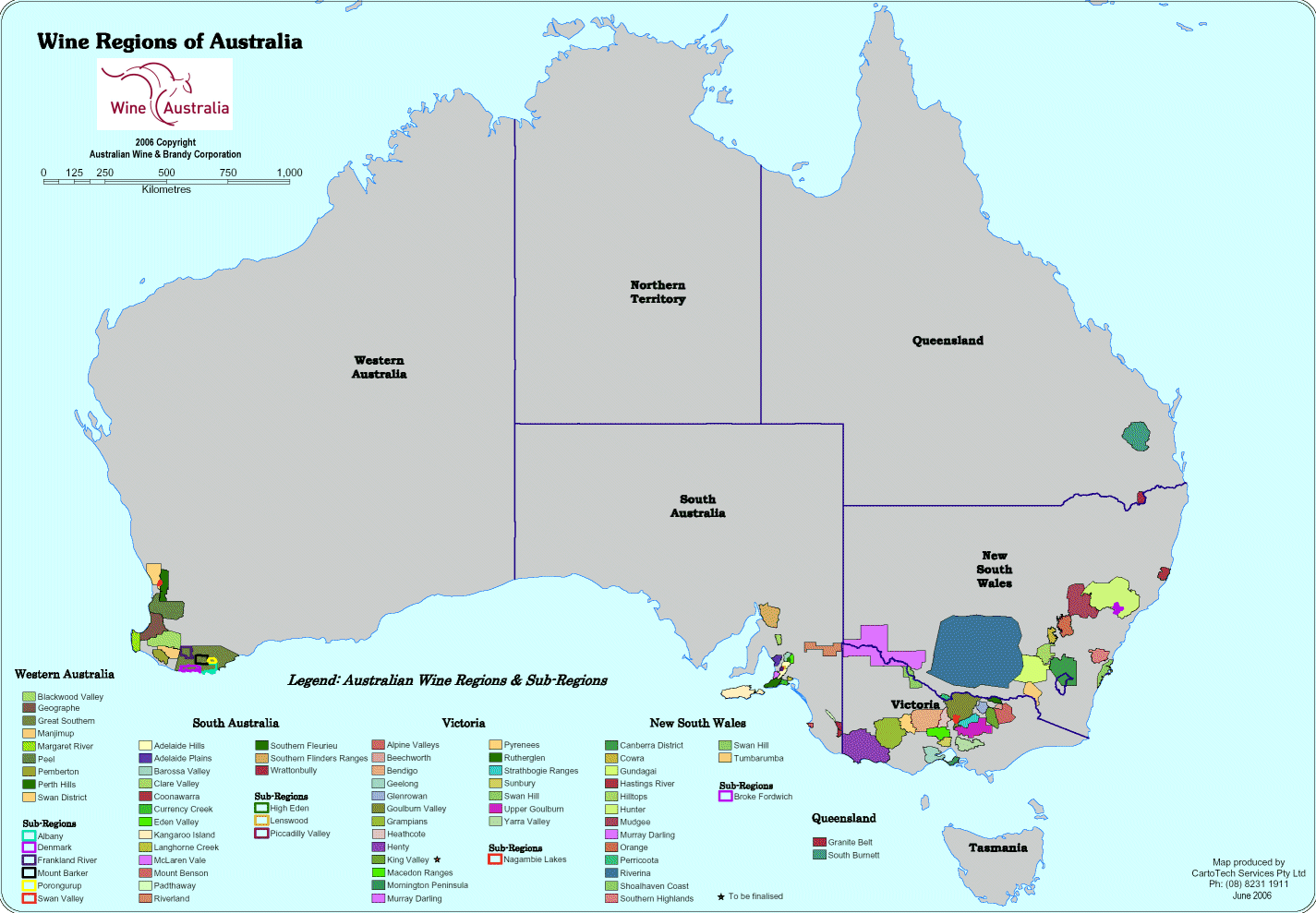I was lucky enough to receive an invite courtesy of Wine Exchange Asia to an Australian Wine History Masterclass. This was the first time that this Masterclass had been presented in Singapore and was an enjoyable and informative session.

The Masterclass was presented by Wine Australia’s Global Educator, Mark Davidson. Mark’s presentation was on the History, Evolution and Revolution of Australian Wine, to do this he selected 10 wines and divided them into three flights. The first flight contained wines that could be considered to be Historical examples of Australian wines, the second flight was of Evolutionary Australian wines and the third contained Revolutionary Australian wines.
Prior to tasting the first flight Mark provided an overview of the various major wine regions and history of Australian wine. He mentioned that vines are not native to Australia and therefore had to be sourced from various places from around the world, predominately Europe.
The original source of Australian root stock was from Europe on the First Fleet, but these did not survive where they were planted in Sydney, the next significant planting was in the early 1800’s with the first commercial winery, Wyndham Estate, established in the Hunter Valley in 1828.

In late 1800’s the majority of vines in Europe were destroyed to combat Phylloxera, which means that Australia has some of the oldest, if not the oldest, vines in the world.
The majority of these ancestor vines are still being used to produce great wine.
If you are interested in trying a wine from these ancestor vines, vines that are older than 125 years old, the Langmeil’s The Freedom 1843 Shiraz is a good option.
Another of the maps that Mark presented is the one below that overlays Europe with Australia.

Considering the size of Australia I was surprised to learn that Australia has less vine acreage, 341K (as of 2014), than just the Languedoc-Roussillon region in France, which has approximately 700K (as of 2014).

Was also surprised to learn that Australia is still the 5th largest wine exporter in the world.
Now for the important bit, the tasting.
Flight 1
This Flight included three wines that Mark felt were good examples of wines that are good examples of “historical” Australian wine styles. Each wine is from a different region, the Barossa, Coonawarra and Hunter Valley from three of the oldest Australian wineries.
An interesting flight, my favourite was the Vat 1, also enjoyed the Riddoch and expect that it will be an awesome wine when it has matured.
Flight 2
In Flight 2 the wines were chosen to demonstrate how Australian wines styles and techniques have evolved through focusing on the way the different terroirs affect the varietals associated with each wine region and therefore the wines that wines a crafted and how new wine making techniques are changing wine not just production but also the wines themselves.
Enjoyed both Alea and Vasse Felix in this flight, not sure which one I prefer.
Flight 3
The third flight of wines provide a few examples of how a revolution is occurring within the Australian Wine Industry through the cultivation of new varietals and different wine making techniques.
The BK Skin and Bones White was my favourite of this flight.
Oz’s Wine Reviews
Conclusion
If you get a chance to attend an Australian Wine History Masterclass I recommend you attend. Beware it will be a very parochial Australian session.

Still not sure which was my favourite wine of all three flights, but the reds presented, IMHO, were too young to appreciate the quality of them, but the future does seem bright!
Thanks to Wine Australia, Mark Davidson and the Australian Singapore Trade Commission for putting on this Masterclass and Wine Exchange Asia, for extending me an invite.

Cheers!
Discover more from Oz's Travels
Subscribe to get the latest posts sent to your email.
